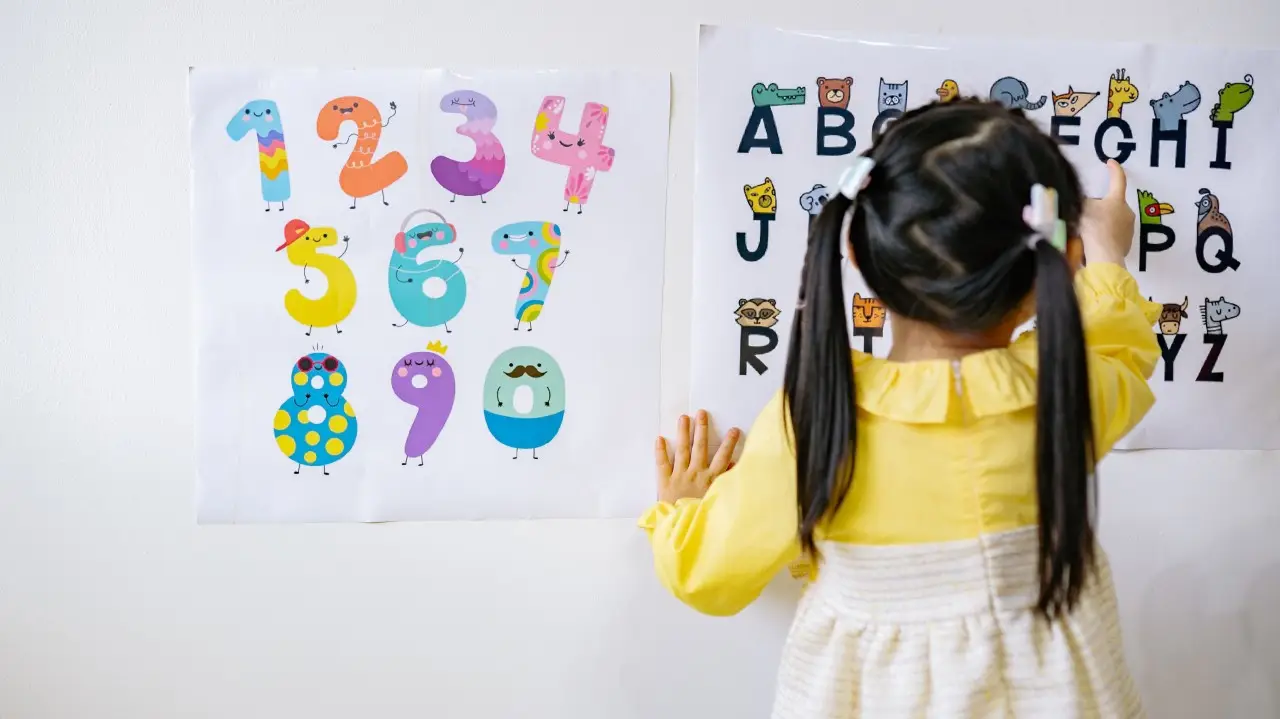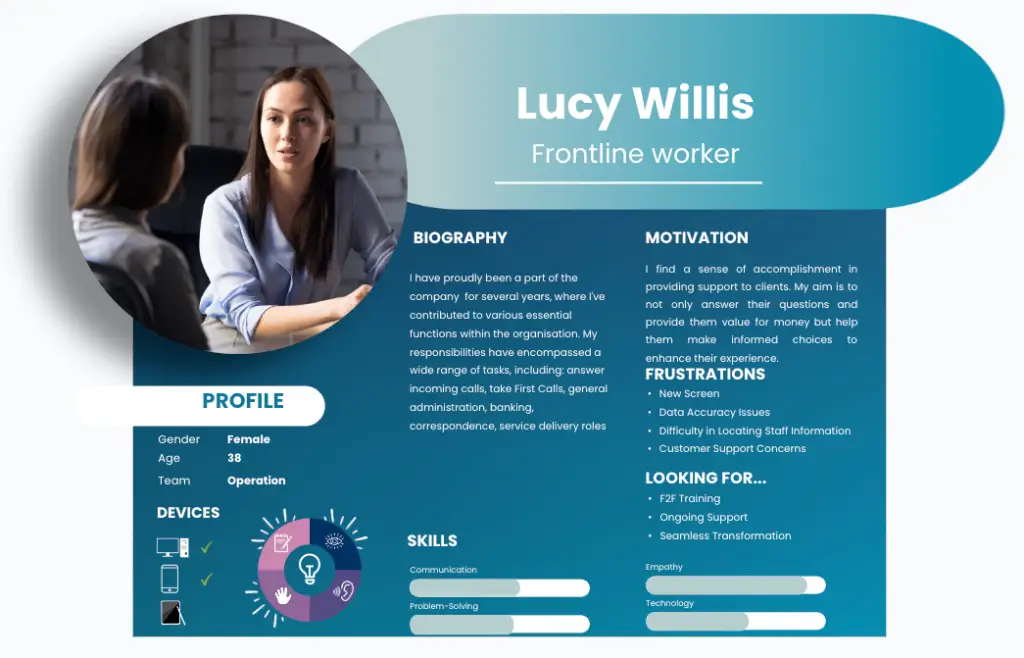Learning Styles: We All Learn Differently

The way we absorb information can vary widely from person to person. Each of us has our preferred learning method— visual, auditory, or hands-on.
Sometimes, it might even be a combination of several styles. These preferences can shift based on mood, interest, or workload.
When designing training programs, it’s crucial to consider this individuality:
- How do learners prefer to access information?
- How much time do they have to dedicate to learning?
- How interested are they in the subject matter?
Understanding your audience’s needs allows you to create personalised, targeted, and valuable training. Interactive online courses are fantastic, but learners won’t gain much value or absorb critical information if distracted by other obligations or workloads.
We can design more effective programs tailored to our audience’s needs by considering individual learning styles. This can lead to tremendous success and growth for learners.

Why Recognising Learning Styles is Important
- Boosting Engagement and Retention: Aligning training with learning styles keeps learners engaged and improves retention.
- Enhancing Real-Life Skill Application: Educators can prepare learners for practical application by catering to varied preferences.
- Creating an Inclusive Environment: Recognising diverse styles fosters inclusivity, encouraging active participation from everyone.
Leveraging Training Needs Analysis
Tools like Training Needs Analysis (TNA) are essential in crafting effective training solutions:
- Identifying Specific Needs: TNA pinpoints required skills or knowledge, ensuring targeted training.
- Aligning Goals with Outcomes: Evaluating learner needs ensures training aligns with individual and organisational objectives.
- Efficient Use of Resources: TNA helps allocate resources wisely, focusing on the most beneficial methodologies.
- Continuous Improvement: It supports ongoing feedback and refinement for constant improvement.
Using Personas in Training Needs Analysis
Incorporating personas into TNA can deepen the understanding of your audience and enhance the design of training programs. Personas are fictional representations of different user types within your target audience based on accurate data and research. Here’s how they can be beneficial:
- Creating Detailed Profiles: By developing personas, you can outline the key characteristics, needs, challenges, and preferences of various learner groups. This helps in tailoring content more effectively to meet specific needs.
- Enhancing Empathy and Insight: Personas help trainers and educators step into the learners’ shoes. Understanding diverse backgrounds, motivations, and learning barriers fosters empathy and insight when designing training materials.
- Personalising Learning Paths: Each persona can have a customised learning path that reflects their preferred learning styles, available time, and interest level. This ensures that the training is engaging and effective for each group.
- Improving Communication Strategies: Clear personas allow communication to be tailored to resonate better with each group, ensuring messages are clear and relevant.
Using personas as part of your TNA process allows for a more nuanced approach to designing and delivering education and training.
It ensures that your programs align with organisational goals and are deeply connected with the learners’ world, enhancing uptake and satisfaction.

Creative Ways to Embrace Learning Styles with Digital Tools
Digital tools can significantly enhance learning by accommodating various styles simultaneously. Applications that merge text, images, and sound provide a holistic learning experience.
Interactive e-books and multimedia presentations can allow learners to see, hear, and read simultaneously. Video conferencing tools with features like screen sharing and annotations enable dynamic discussions supported by visual aids.
This integrated approach allows learners to absorb content most suitably. Do you have remote workers out on sites? Paper, quick reference guides, or support material with graphics and step-by-step instructions could simplify complex tasks.
Explore all options available, don’t limit your thinking, and deliver methods in just one way.
The Power of Personalisation in Learning
Personalised learning strategies transform education by tailoring content to fit individual preferences:
- Increased Adoption and Uptake: Learners engage more with platforms that reflect their learning paths.
- Improved Outcomes: Personalisation leads to greater focus and understanding, enhancing performance.
- Stronger Learner Connections: Learners feel valued when their needs are recognised, fostering deeper connections with the material.
Embracing Learning Diversity
Acknowledging the diverse ways people learn enables creating engaging, personalised training experiences.
Educators and trainers can cultivate nurturing, supportive environments by recognising learning styles, leveraging tools like TNA, integrating digital solutions, and focusing on personalisation.
This approach promotes personal development and contributes to achieving educational and organisational goals, especially during multiple changes.
Now is the time to implement these strategies! Consider the different learning styles around you, whether you’re an educator, trainer, or lifelong learner.
Incorporate these insights into your educational methods, and watch your learning journey transform. Let’s honour our differences and use them to foster dynamic, practical learning and growth!

